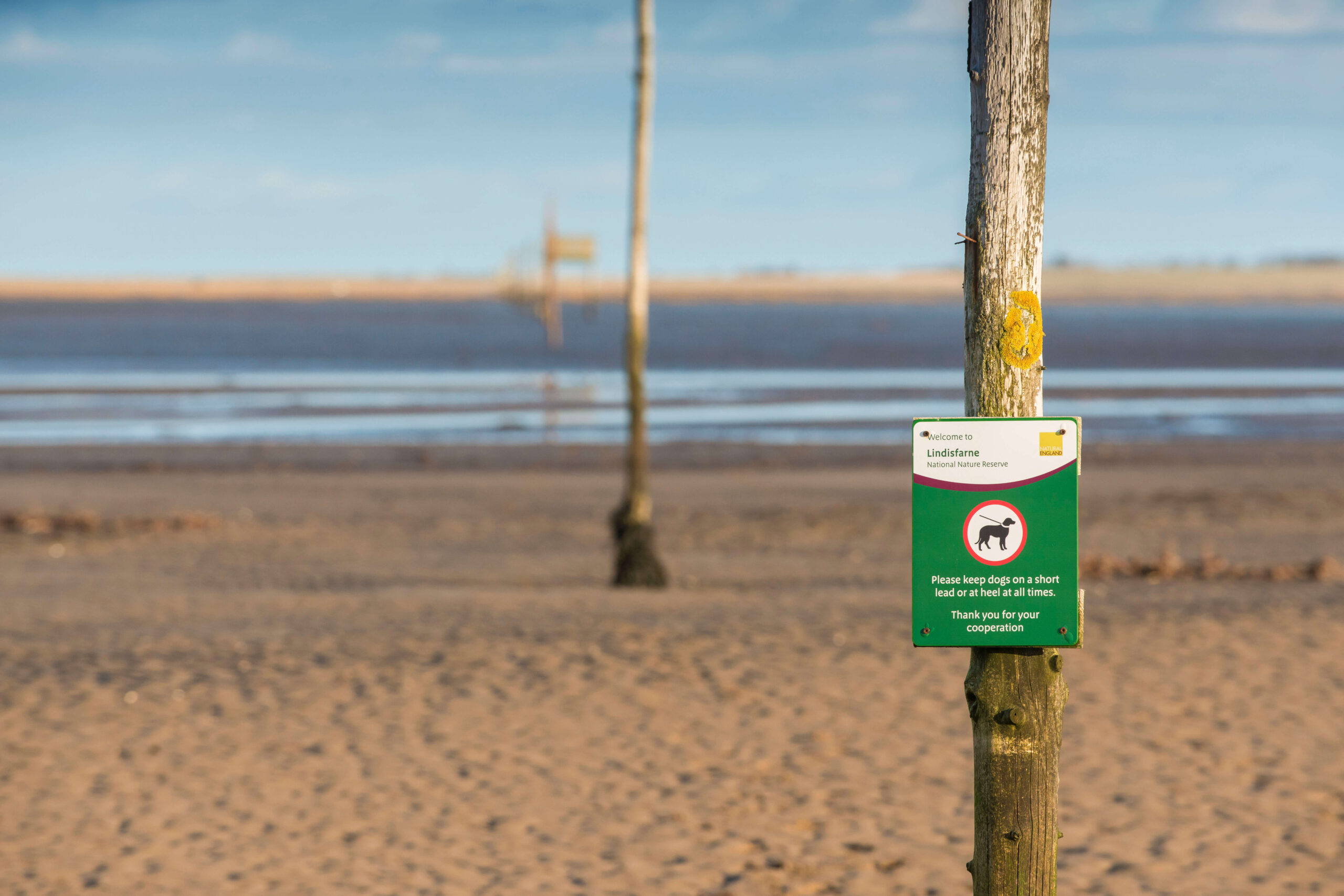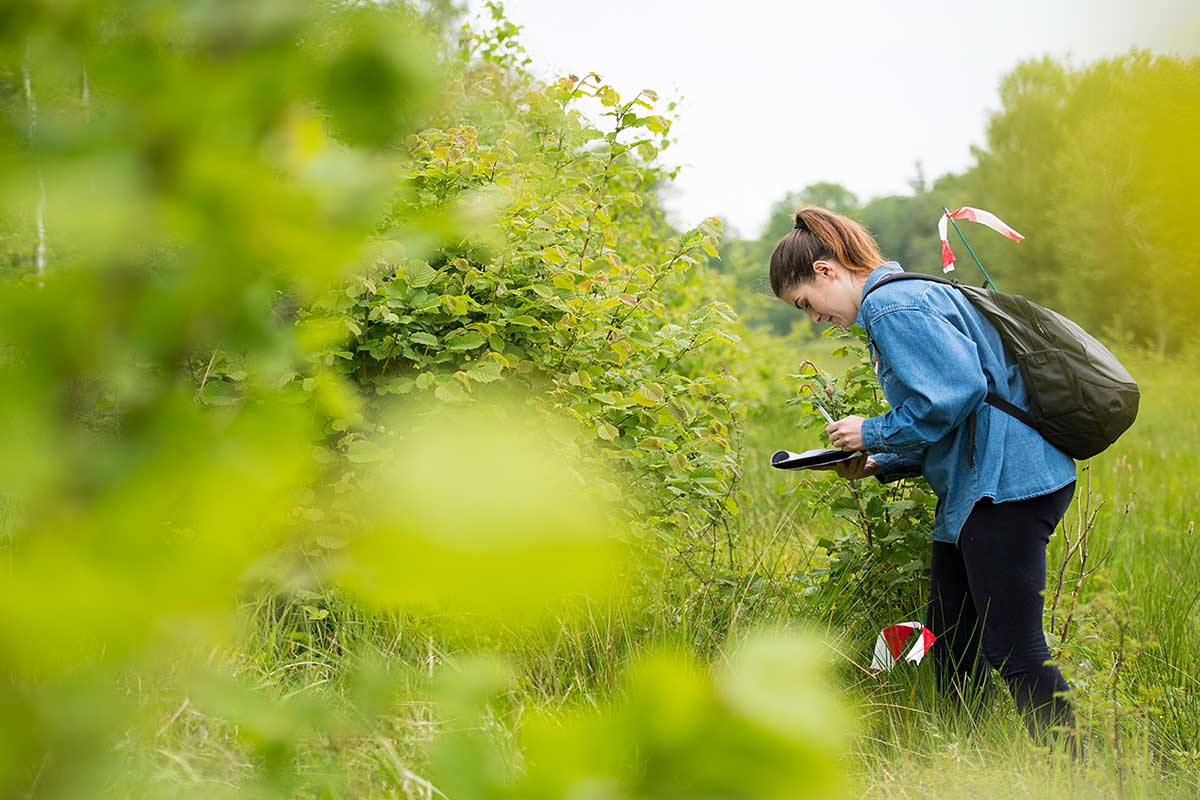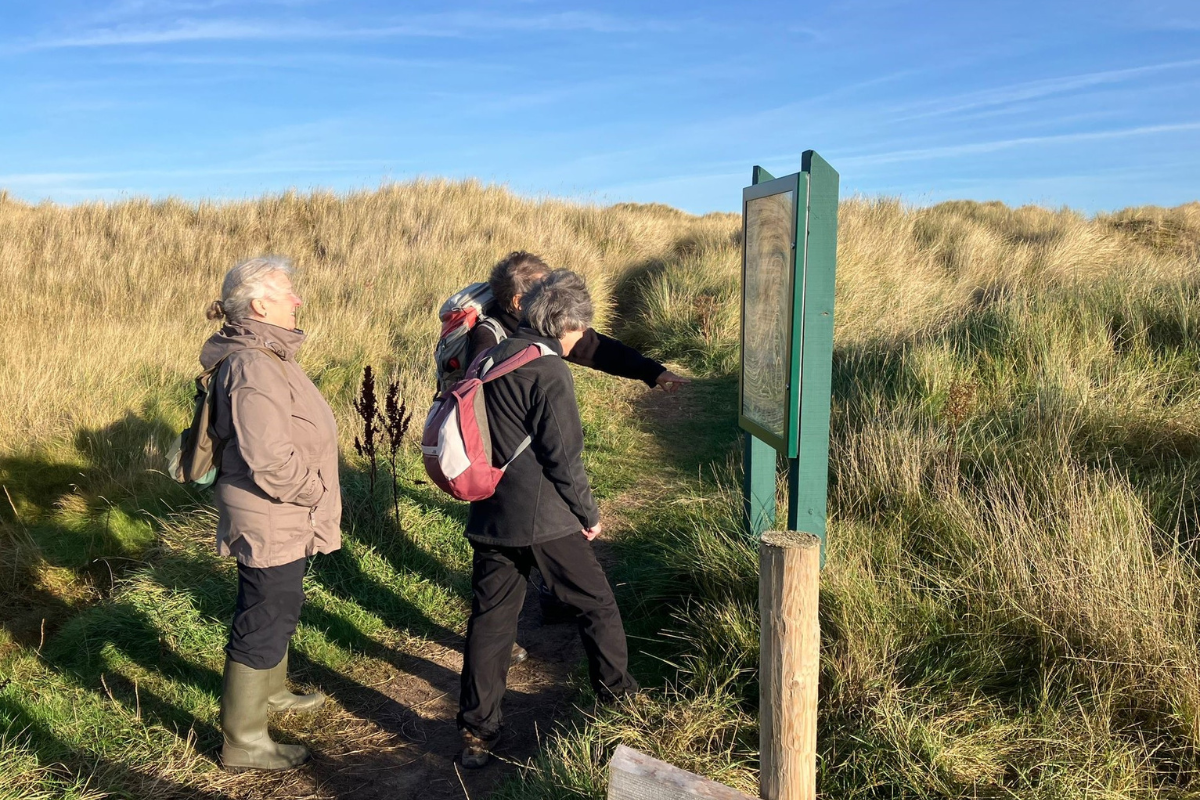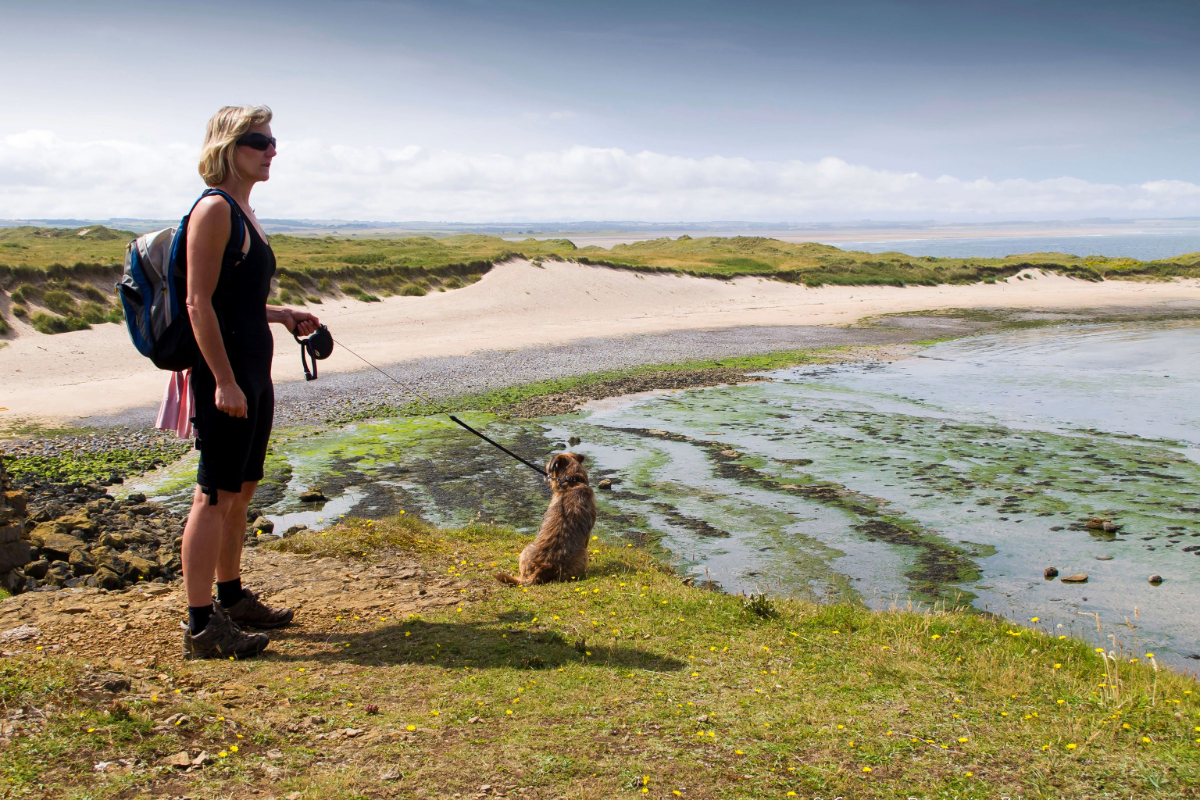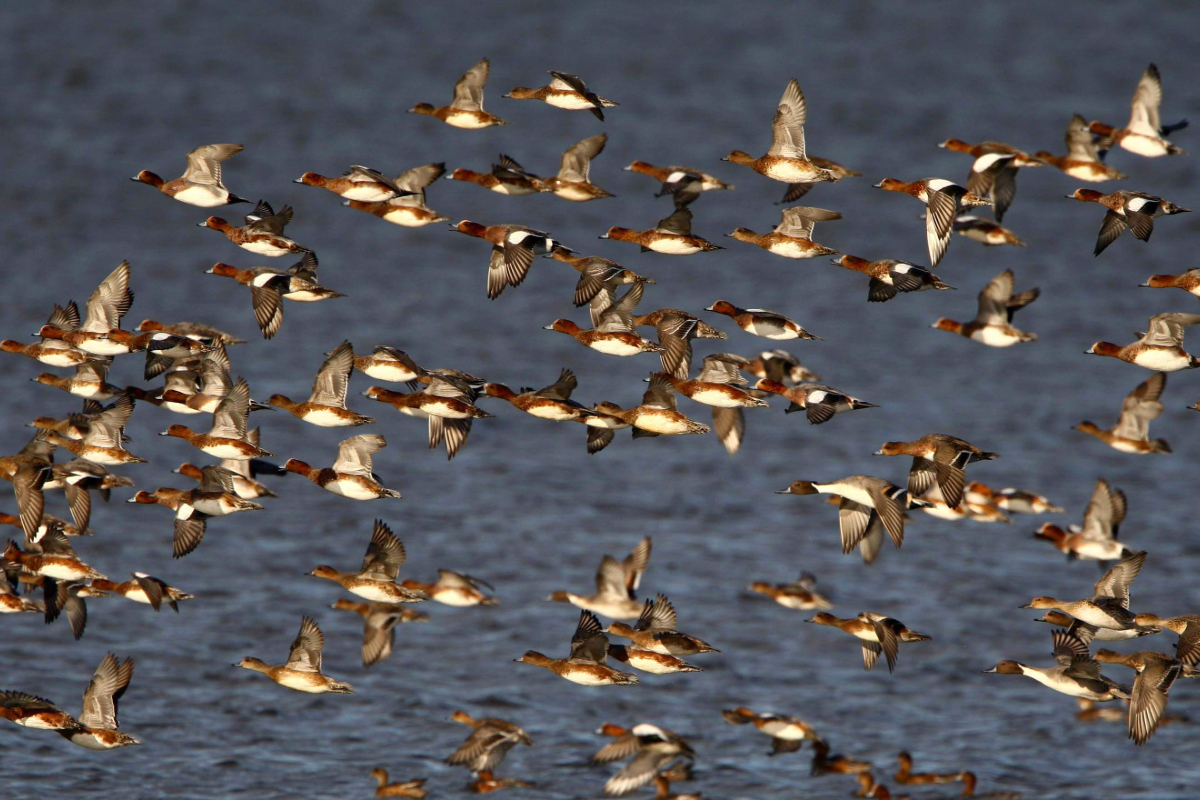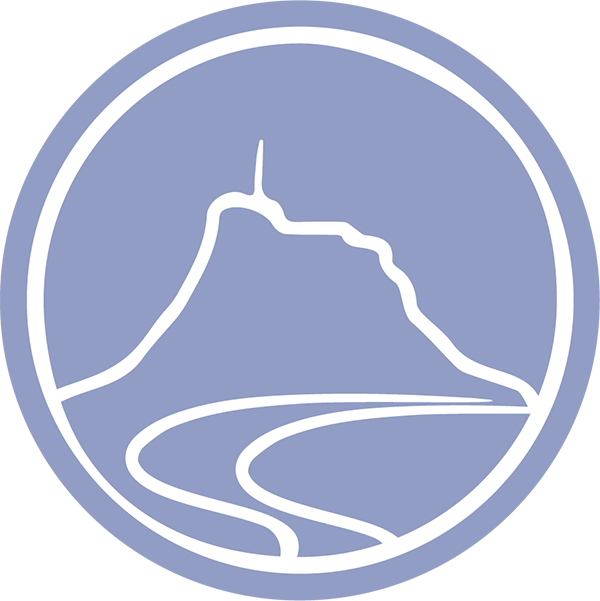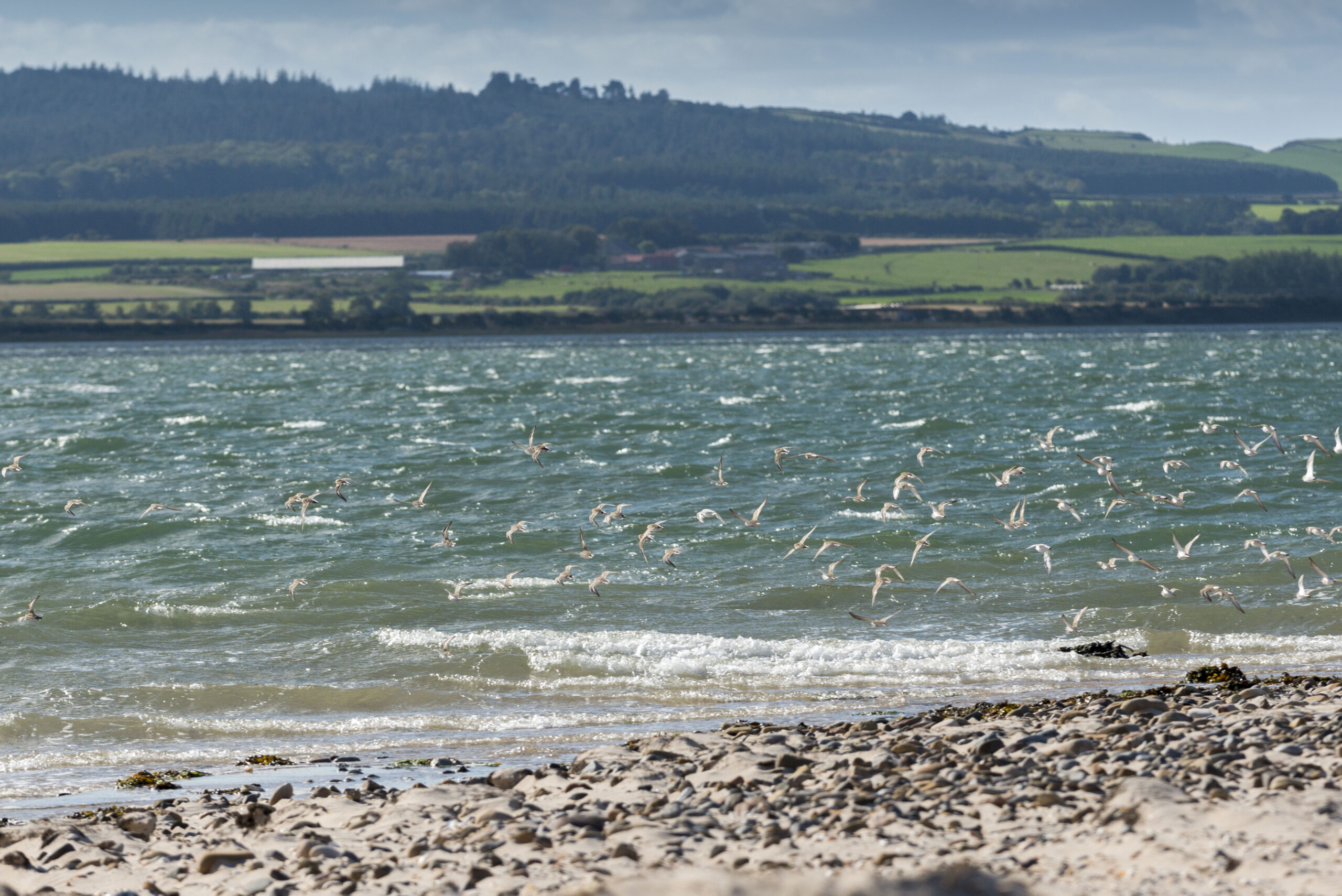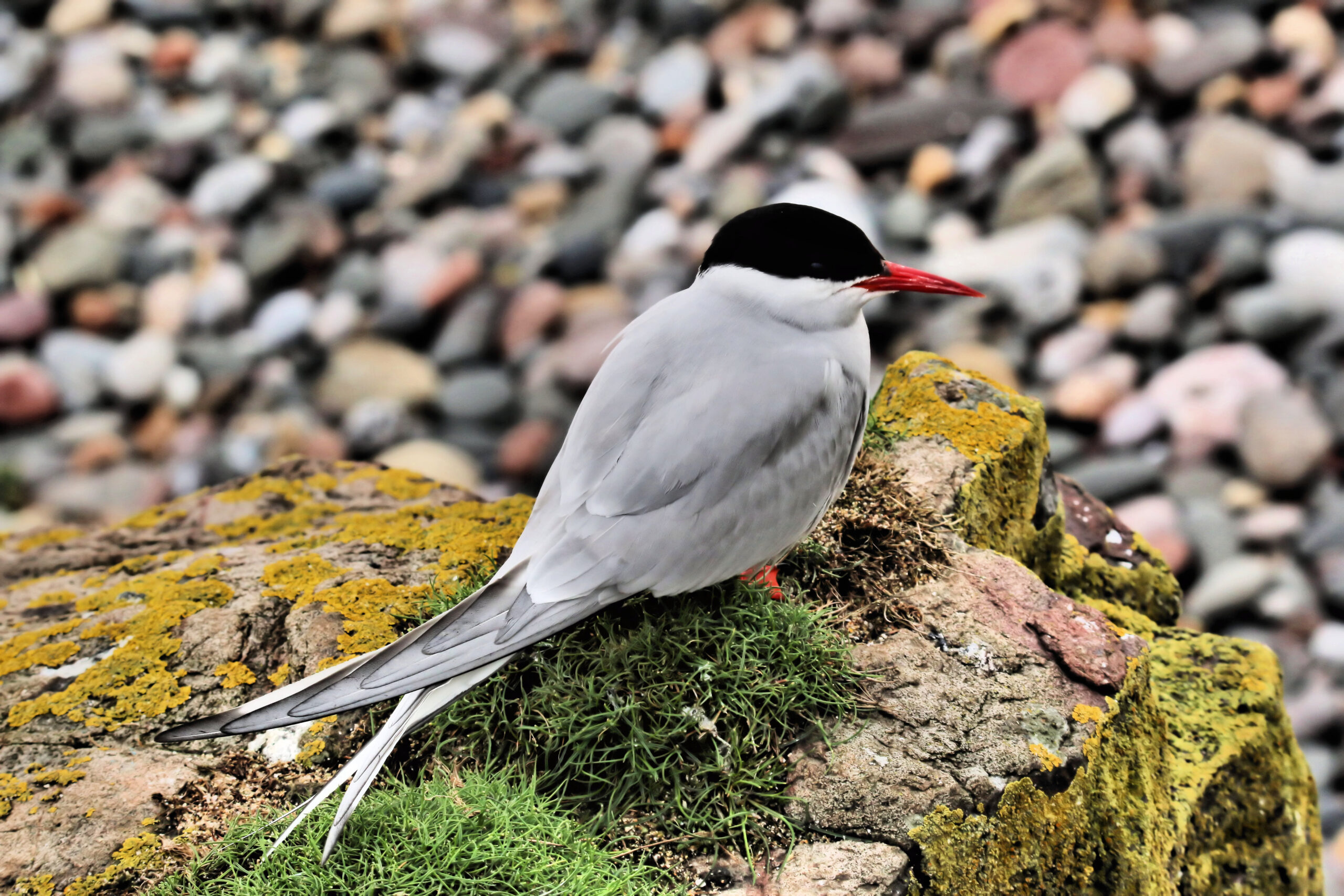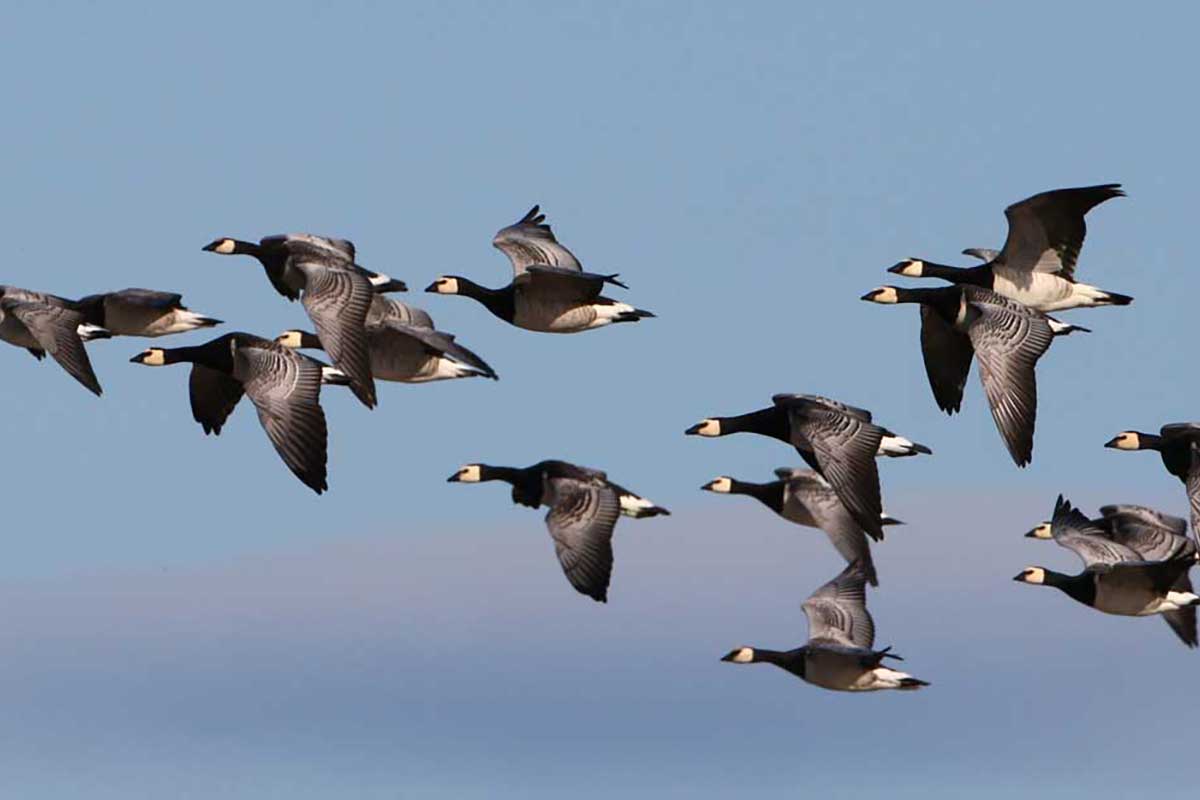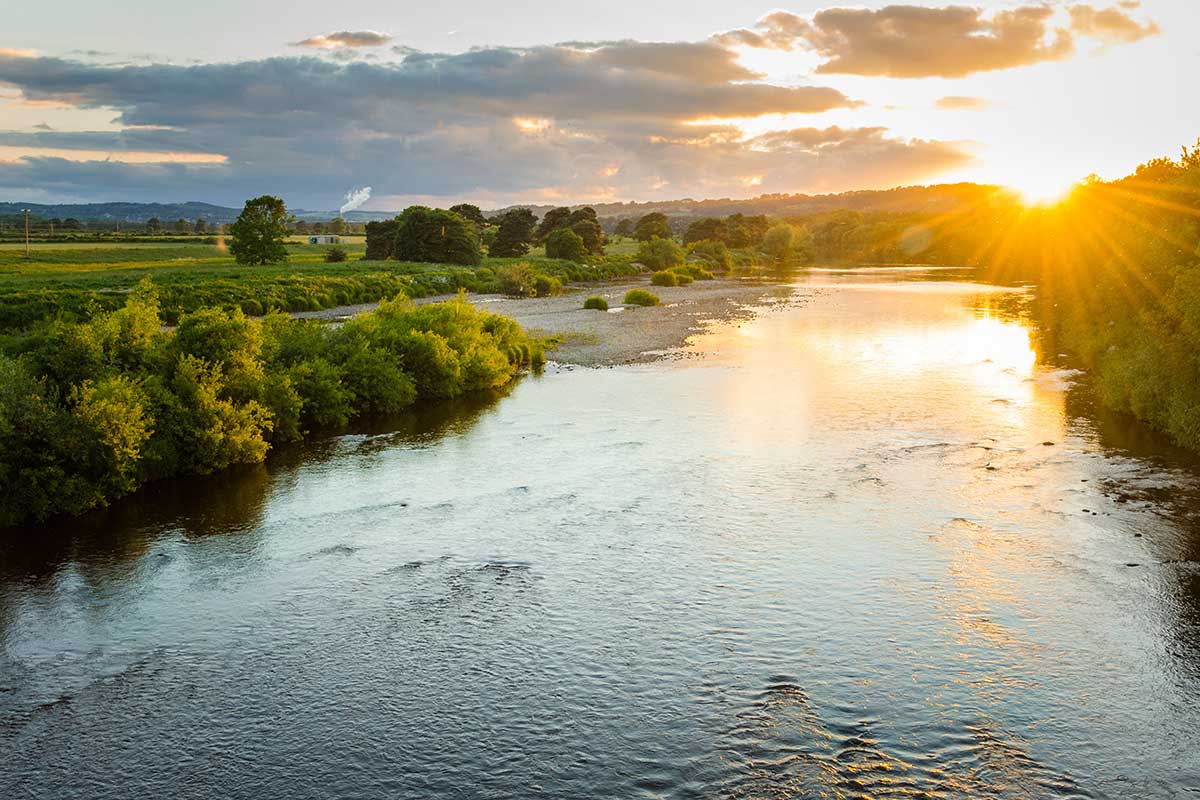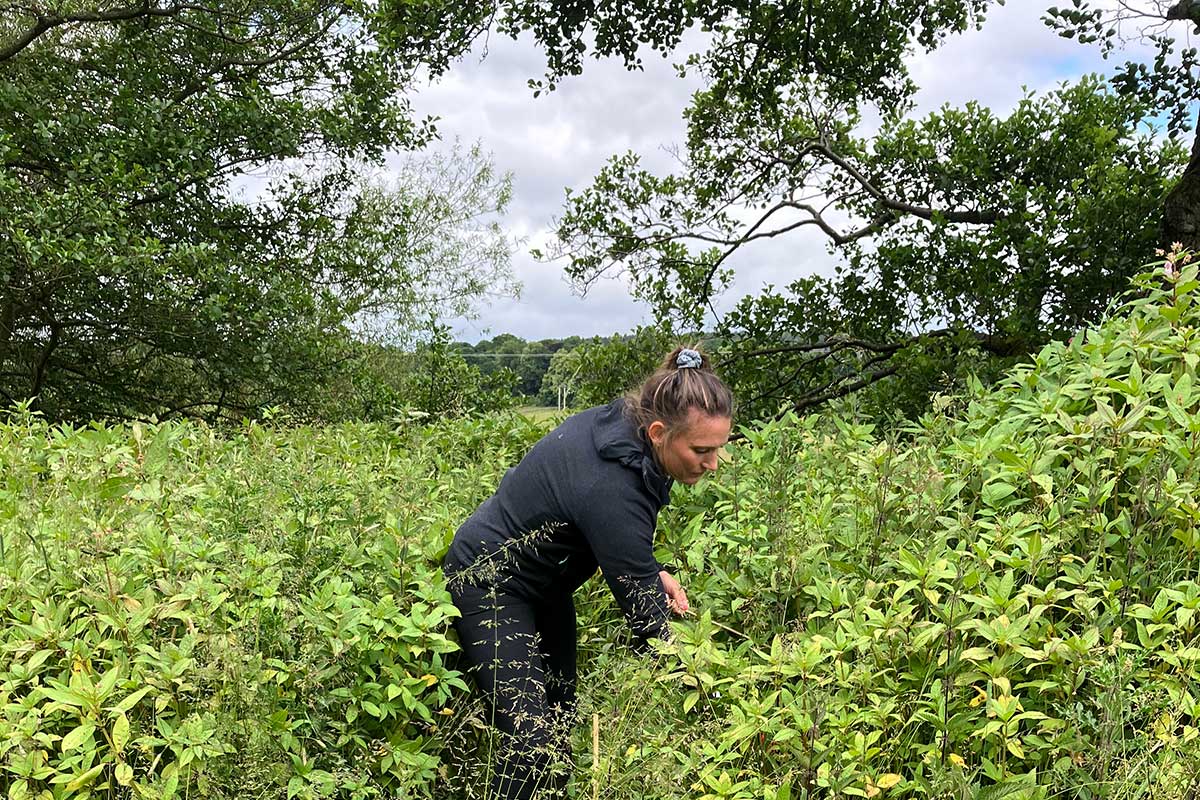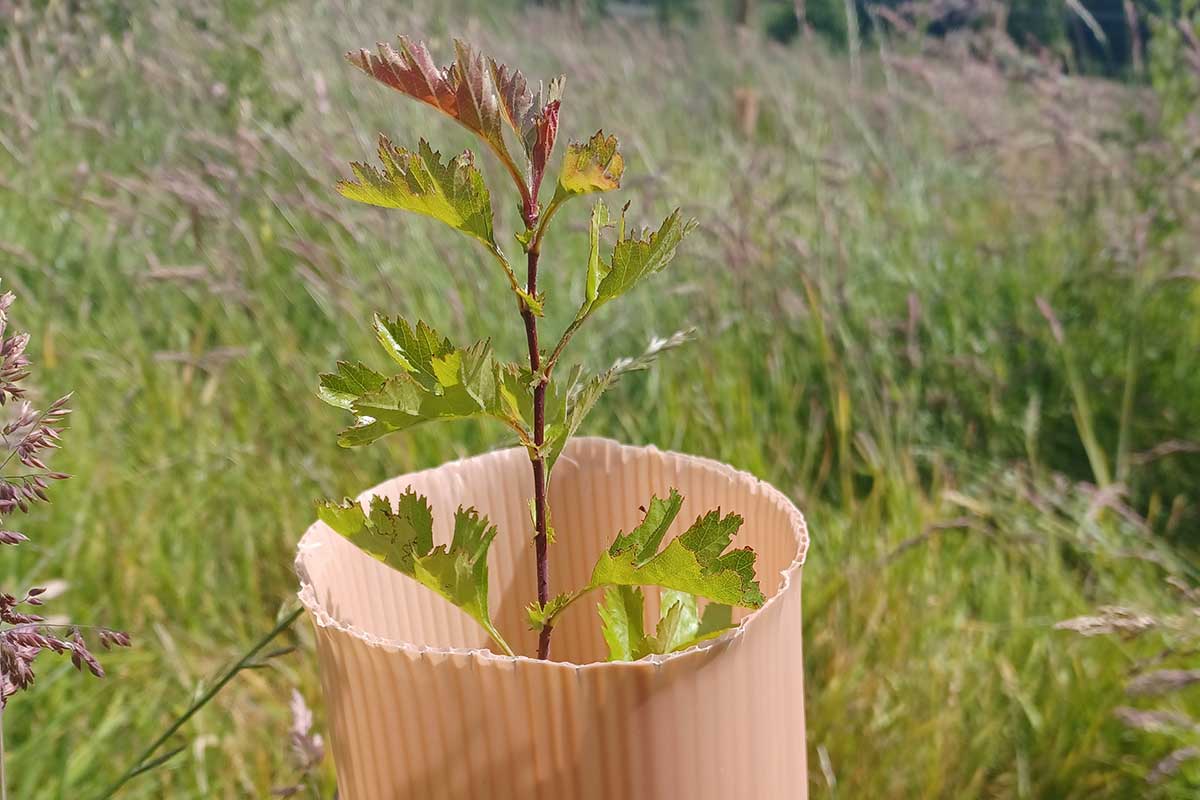Lindisfarne National Nature Reserve (LNNR), at the heart of the WADER project area, was designated in 1964 and is managed by Natural England to protect some of the most important habitats and species on the coast and encourage responsible recreation.
Here, shifting sands and tides combine to create 3,500 hectares of dunes, saltmarsh, rocky shore, sand and mudflats. It’s a spectacular habitat, hosting the longest stretch of sand dunes in Britain and home to a fascinating array of wildlife and some of the UK’s most precious flora and fauna. The rocky shores are abundant with fossils and glitter with marine life, and every year tens of thousands of birds and geese travel astonishing distances to feed, roost and breed here alongside resting seals.
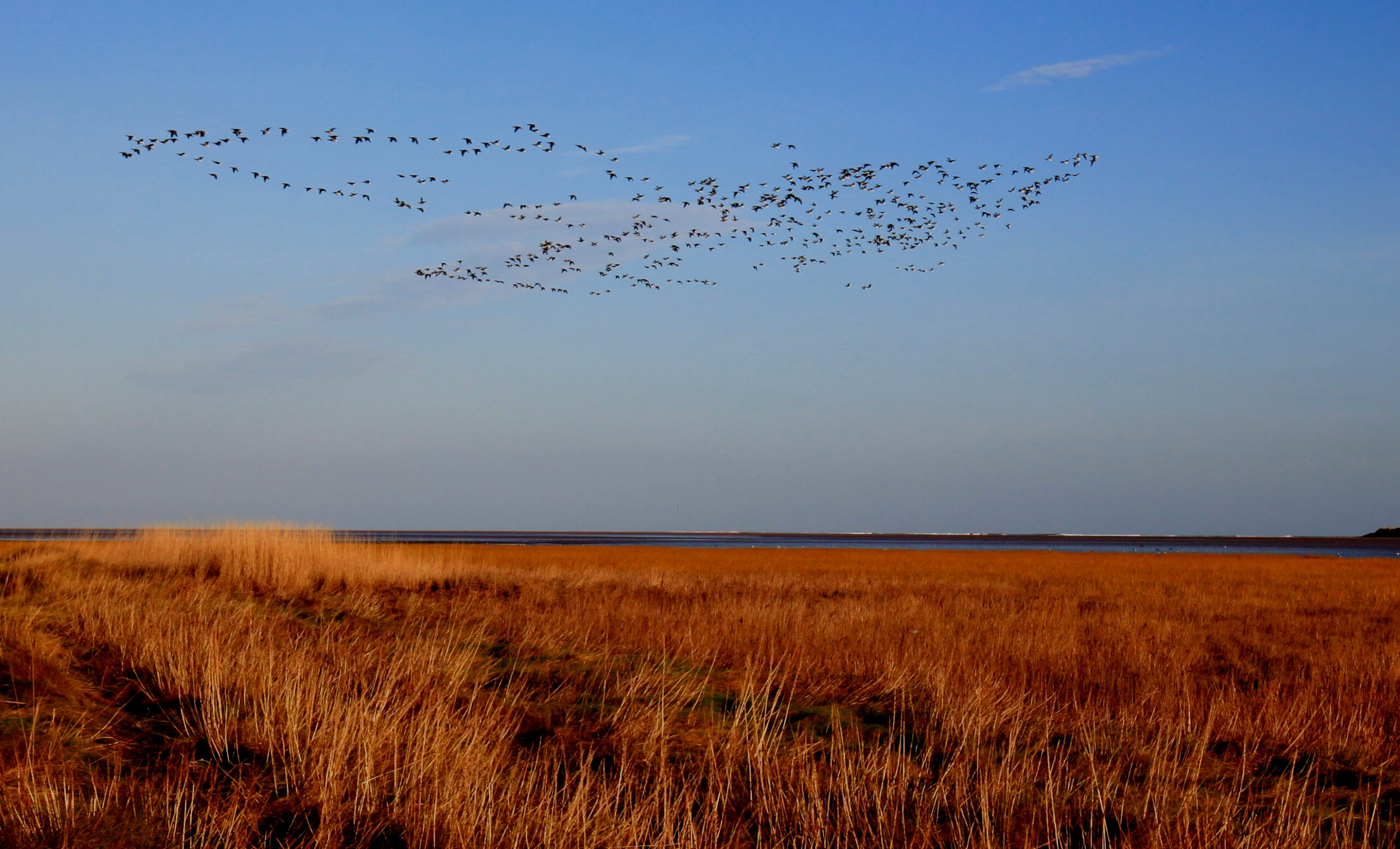
Lindisfarne National Nature Reserve doesn’t just include the Holy Island of Lindisfarne either – it covers over 65km of coastline stretching from Cheswick Black Rocks in the North to Budle Bay in the South. It’s an area steeped in natural history, telling a tale of tropical seabeds, mighty glaciers, and the ferocious erosion of time and tide. Here also walk the ghosts of 7,000 years of human industry, conflict and spiritual pilgrimage – their story etched in the landscape in lime kilns, abandoned homesteads, fortifications and ruined priories.
England’s National Nature Reserves are among the best wildlife and earth heritage sites in the country and many are important in an international context. Lindisfarne National Nature Reserve is managed by Natural England in consultation with local residents, farmers and the Joint Advisory Committee.
However, the species and habitats here are increasingly at risk and without closer stewardship this special place will be gone forever. Shorebird numbers have suffered massive declines in the last 30 years due to increased coastal recreation and climate change. Northumberland has lost almost 60% of its breeding Ringed Plovers, while in the whole of the UK only 1,400 pairs of Little Terns now breed, with 5% of these along the Northumberland Coast.
But this doesn’t need to continue. We all have a role to play in making sure this amazing Reserve continues to prosper for future generations to enjoy and by working together we can reverse this alarming trend.
